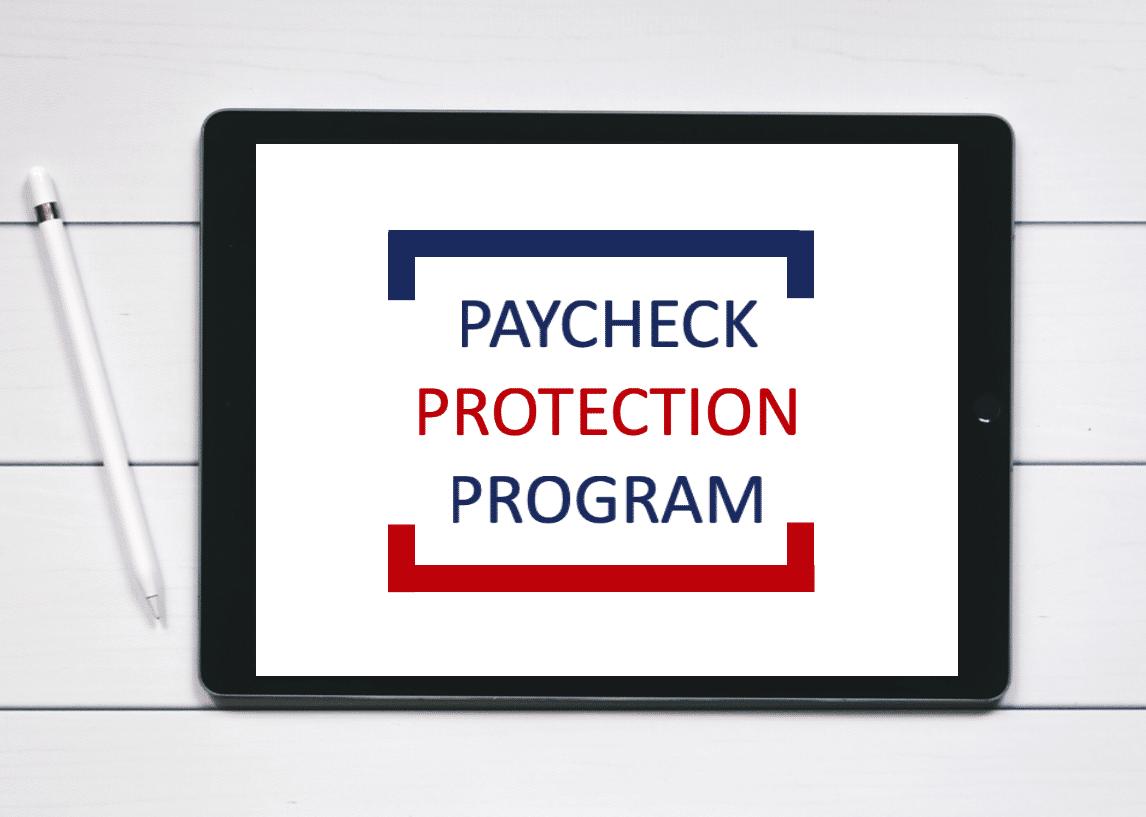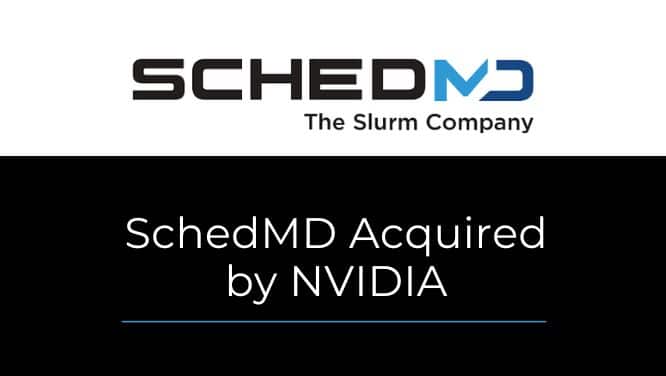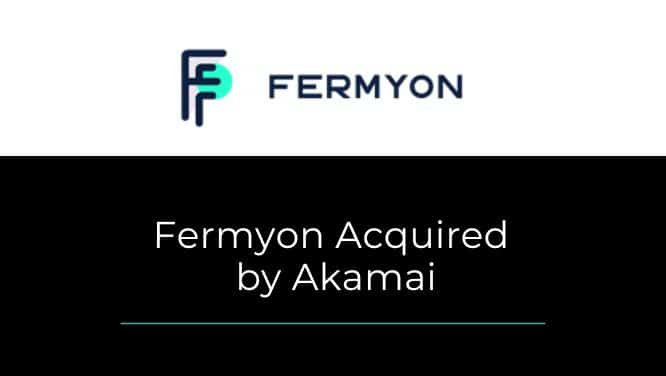Paycheck Protection Program Loans: New SBA Guidance

- Charles Ciaccio
- |
- April 15, 2020
Last week and over the past two days, new guidance has trickled out of the SBA regarding the Paycheck Protection Program loans (PPP Loans). Specifically, a third Interim Final Rule was issued and the FAQ was updated. Below we’ve outlined important updates for you to know.
Check our PPP resource page for regular updates.
- Do not count foreign employees. The Interim Final Rules and the FAQ make it clear that only employees whose principal place of residence is in the United States count towards the 500-employee threshold for PPP Loans. This is good news for those businesses with foreign affiliates.
- Affiliate test. The Interim Final Rules confirmed that the affiliation rules set forth in 13 C.F.R. 121.301(f) apply for purposes of PPP Loans, including a minority shareholder’s power to prevent a quorum or otherwise block action by the board of directors or shareholders. However, the FAQ confirmed that the approach being taken by VC-backed companies will be respected; namely, if a minority shareholder irrevocably waives or relinquishes any existing rights to prevent a quorum or otherwise block action by the board of directors or shareholders, then it would no longer be an affiliate of the business (assuming no other relationship that triggers affiliation rules).
- $100,000 salary cap. The FAQ finally confirmed that the exclusion of compensation in excess of $100,000 annually applies only to “cash compensation” (which we interpret to mean salaries, wages, commissions, or similar compensation) and not to non-cash benefits, such as “employer contributions to defined-benefit or defined-contribution retirement plans; payment for the provision of employee benefits consisting of group health care coverage, including insurance premiums; and payment of state and local taxes assessed on compensation of employees.”
- Choice of time periods for determining number of employees and payroll costs. Non-seasonal employers can calculate their aggregate payroll costs using data either from the trailing 12-month period or from calendar year 2019. Seasonal business may use average monthly payroll for the period between February 15, 2019 and June 30, 2019, or the period between March 1, 2019 and June 30, 2019. New businesses (not in business by February 15, 2019) may use the average monthly payroll costs for the period January 1, 2020 through February 29, 2020. To calculate number of employees for the size test, companies may use their average employment over the same time periods. (It is unclear whether you may choose different time periods for aggregate payroll costs and for number of employees). Alternatively, a company may elect to use SBA’s usual calculation: average number of employees per pay period in the 12 completed calendar months prior to the date of the loan application (or the average number of employees for each of the pay periods that the business has been operational, if it has not been operational for 12 months).
- Employers cannot include payments to independent contractors or sole proprietors. A company may not include payments to independent contractors or sole proprietors in calculating payroll costs. The independent contractor or sole proprietor itself will be eligible for a PPP Loan, if it satisfies the applicable requirements.
- Use gross pay in calculations. Payroll costs should be calculated on a gross basis without regard to (i.e., not including subtractions or additions based on) federal taxes imposed or withheld, such as the employee’s and employer’s share of FICA and income taxes required to be, or elected to be, withheld from employees. However, employer-paid state and local taxes assessed on compensation of employees are still included in the PPP calculation.
- Start date of 8-week period. The 8-week period over which funds must be spent in order for those funds to be eligible for forgiveness begins on the date the lender makes the first disbursement of the PPP Loan to the borrower. The lender must make the first disbursement of the loan no later than 10 calendar days from the date of loan approval. Thus, companies will have limited flexibility in dictating the timing of the start of the 8-week period.
- Guidance for Independent Contractors and Sole Proprietors. For anyone who reports income on Form 1040, Schedule C, there is now helpful guidance for your PPP Loan application. The guidance contains a step-by-step procedure, but in essence, you use your Schedule C line 31 net profit amount (capped at $100,000) as your annual “wages” in the PPP Loan amount calculation. You can use the PPP Loan proceeds as “owner compensation replacement”—essentially, paying it to yourself. It will be forgiven in an amount equal to 8/52 of your 2019 line 31 net profit amount.
- Guidance for Members of LLCs and Partners in Partnerships. If you are an owner in an entity taxed as a partnership, the new guidance indicates that you should not file a separate PPP Loan application. Instead, if you are an “general active partners,” you may include your guaranteed payments and equity distributions (capped at $100,000) as your annual “wages” in the PPP Loan amount calculation. It is unclear what “general active partner” means. We think that the intended meaning is that the owner must not be merely a passive investor but instead must be actively providing services to the company.
- Expanded Eligibility for Companies with Gambling Revenue. Companies for which less than half of their revenue comes from legal gambling are now eligible so long as their 2019 revenues from gambling did not exceed $1,000,000 (net of gambling payouts but without subtracting any other costs).
- Guidance for Hotels, Restaurants and Franchises. Additional guidance on the waiver of the affiliation rules has been issued for companies with a NAICS code beginning with 72 and for franchises.
These are just the highlights. It is worth reading the full FAQ and, if you are an independent contractor or sole proprietor, reading the full third Interim Final Rule. If you haven’t yet sent in your application, it is worth checking this link regularly to see if the FAQ has been updated: https://home.treasury.gov/system/files/136/Paycheck-Protection-Program-Frequently-Asked-Questions.pdf.
Based on our experience and from the collected wisdom from clients who have been through the process, below are some helpful tips:
- Be thoughtful about whether to move forward with your application at all. For many of you, it is an easy “yes” if you need these funds so as not to close your business. For some of you, a more thoughtful and deliberate analysis might be needed if you haven’t yet seen decreased revenue or increased costs. For those select few for whom business is actually doing better in this environment, we do not think you should be applying for a PPP Loan unless you have compelling, evidence-backed reasons as to why a PPP Loan is still needed.
- Take the following actions to create an internal record in connection with your application:
- Draft an internal memo that lists out the reasons why the company has determined that “current economic uncertainty makes this loan request necessary to support the ongoing operations” of the company. Include in the memo such things as changes in top-line revenue; changes in costs; increases to AR aging; reduced liquidity; personnel decisions such as furloughs, layoffs, or salary reductions; closure of physical locations; market intelligence; and any other relevant facts and circumstances. Be specific, and keep in mind that, in case of audits, the letter may need to be reviewed years from now, when personnel may have changed and institutional knowledge may have been lost.
- Have a board meeting or write up a board consent that gives management the authority to apply for and enter into the PPP Loan.
- Upon receiving funds, be meticulous in documenting how the funds are spent, and make sure that they are only spent for eligible expenses. Remember that funds must be spent within 8 weeks of receiving them if you want them to be eligible for forgiveness.
- If you have an existing loan or line of credit with a lender, make sure that your existing loan documents allow for you to take on this additional unsecured debt. If they do prohibit it, we recommend working with your existing lender for purposes of your PPP Loan application. Ask them to formally consent in writing to your obtaining a PPP Loan.
- If you don’t have an existing loan or line of credit with a lender, and if you haven’t submitted your application yet, do your research regarding the speed of your existing bank versus other lenders that are accepting new customers. Google, ask people in your network, or feel free to reach out to us.
- Push back on a bank’s request for a letter from counsel or a legal opinion in connection with your loan application. Most banks do not require this, and we do not think it is appropriate in this situation—it unnecessarily adds costs for you.
- If you are a VC-backed company, the NVCA has put out some helpful guidance on preparing your loan application. Note that the affiliate attribution rules are nuanced, so we do recommend reaching out to legal counsel to assist with that analysis.
- If there are curative actions you need to take to deal with an affiliation issue, you should have these curative actions completed prior to submitting your application. The affiliation test might be applied as of the date the application is submitted to the lender, as of the date the lender submits the application to the SBA, or as of the date the lender approves the loan—it’s still unclear which date governs. However, you are making a certification in your application that the company qualifies for the loan, so best practice is to make sure there are no uncured disqualifying affiliation issues before you sign the application.
If you have questions about how to navigate COVID-19 related impacts pertaining to the Paycheck Protection Program or any other business matters or contractual commitments, please don’t hesitate to contact us.




